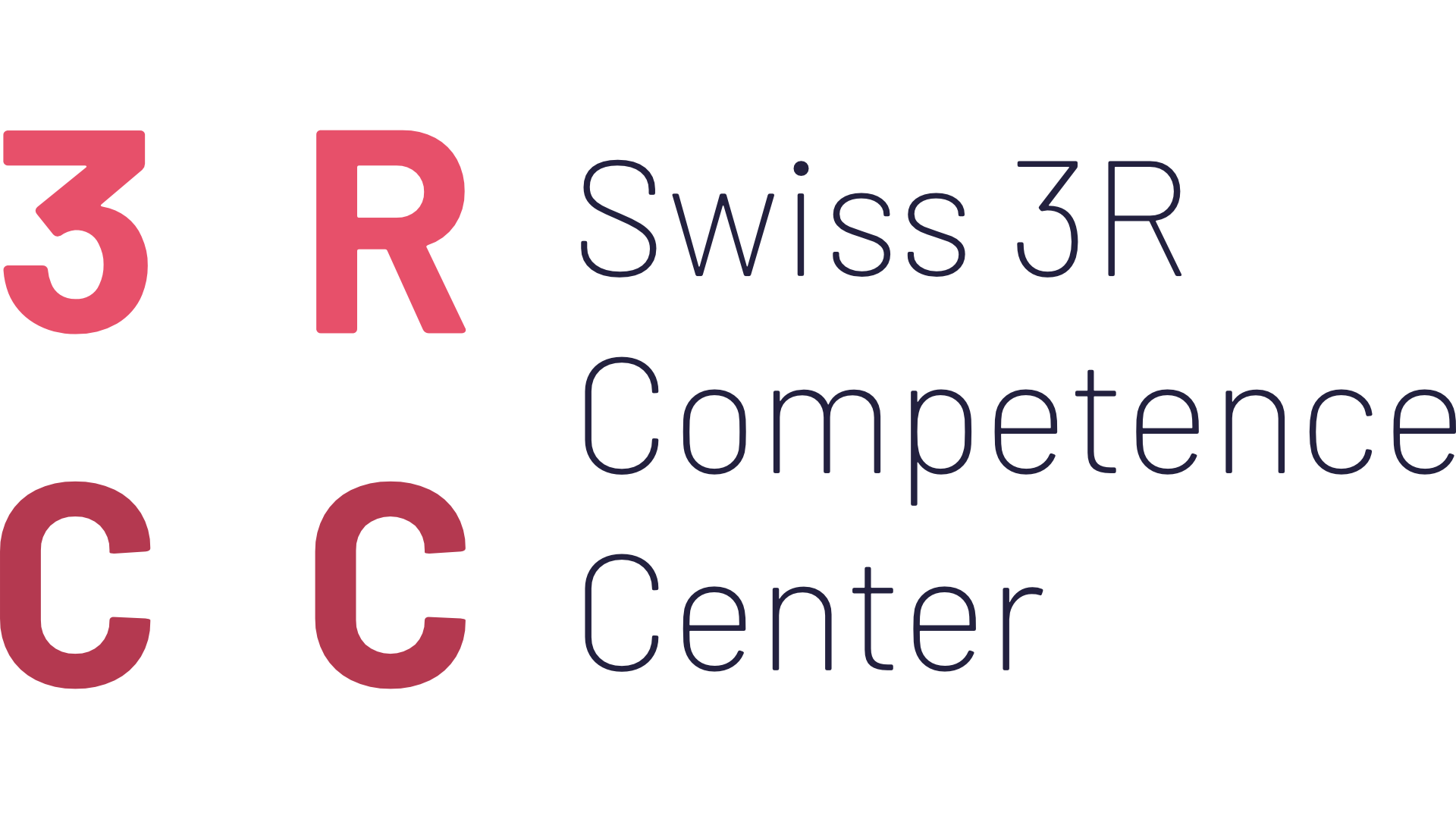BACKGROUND
Surgery training on live animal is a controversial subject. While it is prohibited in Switzerland, surgical training on live animal is performed in many other countries. This practice is supported by several scientific publications as well as by the organisation of workshops open to a large audience of surgeons. Our goal is to develop a realistic and cost-effective alternative to the use of live animal for cardiovascular training. This project aims to first impart a segmentation procedure from CT and MRI data based on open-source software and secondly to develop a method for realistic 3D prints of congenital heart diseases based on rubber silicone. We will then validate the utility of this 3D printed hearts models by cardiovascular surgery training and write a paper to disseminate our protocol in order to motivate other countries to replace live animals for surgical training by these 3D printed models.
AIMS
This project aims to first impart a segmentation procedure from CT and MRI data based on open-source software and secondly to develop a method for realistic 3D prints of congenital heart diseases based on rubber silicone. We will then validate the utility of this 3D printed hearts models by cardiovascular surgery training and write a paper to disseminate our protocol in order to motivate other countries to replace live animals for surgical training by these 3D printed models.

